Home>Gardening & Outdoor>Landscaping Ideas>Where To Plant Zebra Grass
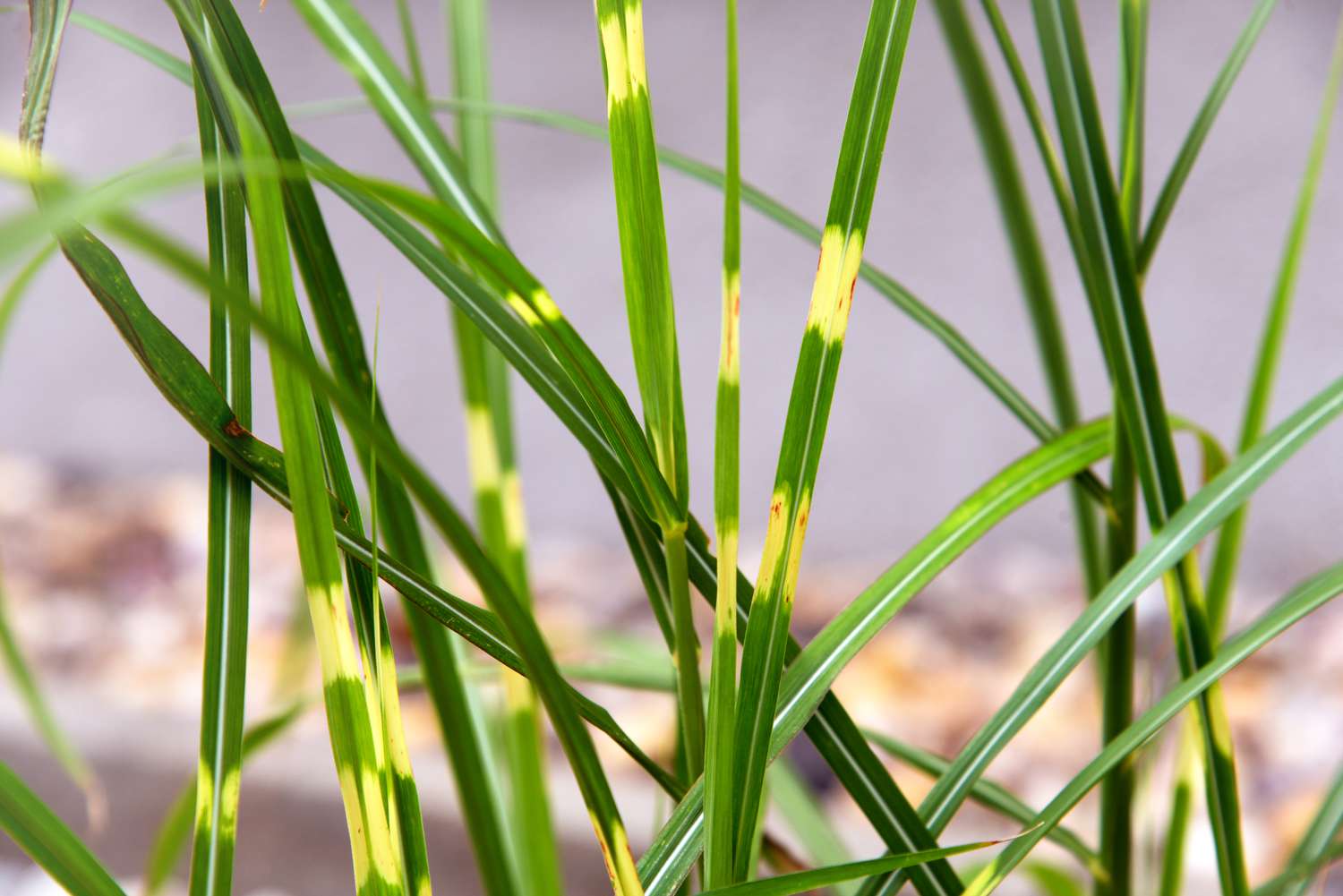

Landscaping Ideas
Where To Plant Zebra Grass
Modified: February 18, 2024
Discover expert landscaping ideas for planting zebra grass in your garden. Learn the best locations and conditions for growing zebra grass to enhance your outdoor space.
(Many of the links in this article redirect to a specific reviewed product. Your purchase of these products through affiliate links helps to generate commission for Storables.com, at no extra cost. Learn more)
Introduction
Welcome to the wonderful world of landscaping with zebra grass! If you’re looking to add a touch of exotic beauty to your outdoor space, zebra grass (Miscanthus sinensis “Zebrinus”) is an excellent choice. With its striking yellow and green striped foliage and graceful, arching form, zebra grass can bring a unique flair to any garden or landscape.
In this comprehensive guide, we’ll explore everything you need to know about zebra grass, from understanding its characteristics to planting, care, and creative landscaping ideas. Whether you’re a seasoned gardener or just starting your landscaping journey, this article will provide valuable insights to help you make the most of this stunning ornamental grass.
So, let’s dive in and discover the beauty and versatility of zebra grass, and learn how to incorporate it into your outdoor oasis with style and expertise.
Key Takeaways:
- Zebra grass, with its striking variegated foliage and low maintenance nature, is a versatile and captivating addition to any garden or landscape, offering year-round visual appeal and graceful presence.
- By understanding zebra grass’s unique characteristics and planting requirements, gardeners can create stunning outdoor spaces with this ornamental grass, adding texture, movement, and visual interest to their landscapes.
Read more: Where To Plant Mondo Grass
Understanding Zebra Grass
Zebra grass, scientifically known as Miscanthus sinensis “Zebrinus,” is a perennial ornamental grass that hails from East Asia. It is prized for its striking variegated foliage, which features horizontal golden-yellow bands that resemble the stripes of a zebra, hence its name. This distinctive foliage adds a dynamic visual element to any landscape, especially when the grass sways gracefully in the breeze.
When fully mature, zebra grass can reach heights of 4 to 7 feet, making it an excellent choice for creating vertical interest in gardens and borders. In late summer to early fall, feathery plumes emerge, adding an ethereal quality to the plant as they sway gently in the wind. These plumes often transition from a silvery hue to a warm, golden color as the season progresses, providing additional visual appeal.
One of the key advantages of zebra grass is its low maintenance nature. Once established, it is relatively drought-tolerant and resistant to pests and diseases. This makes it an ideal choice for gardeners seeking a resilient and visually stunning plant for their landscape.
It’s important to note that while zebra grass is a beautiful addition to any garden, it is known to be an aggressive grower. As such, it’s crucial to plant it in areas where it can spread freely without encroaching on other plants or spaces where its growth may become problematic.
Understanding the unique characteristics of zebra grass is essential for successful landscaping with this striking ornamental plant. In the following sections, we’ll delve deeper into the specific requirements for growing and caring for zebra grass, ensuring that you can harness its beauty to the fullest in your outdoor space.
Climate and Sun Requirements
Zebra grass thrives in a variety of climates, making it a versatile choice for many gardeners. It is well-suited to USDA hardiness zones 4 to 9, encompassing a broad range of temperature and weather conditions. Whether you reside in a cooler northern climate or a milder southern region, zebra grass can adapt and flourish, adding its unique charm to your landscape.
When it comes to sun exposure, zebra grass truly shines in full sun to partial shade. Ideally, it should receive at least 6 to 8 hours of direct sunlight daily to promote robust growth and vibrant foliage. In regions with scorching summers, providing some afternoon shade can help prevent the foliage from becoming stressed or scorched, particularly in the hottest months.
Understanding the specific climate and sun requirements of zebra grass is crucial for ensuring its health and vitality in your garden. By providing the right environmental conditions, you can harness the full beauty and resilience of this captivating ornamental grass, creating a stunning focal point in your outdoor space.
Soil Requirements
When it comes to soil, zebra grass is relatively adaptable, but it thrives in well-draining, fertile soil. It can tolerate a variety of soil types, including loamy, sandy, or clay soils, as long as they are not waterlogged. However, for optimal growth and performance, a rich, loamy soil with good drainage is ideal.
Before planting zebra grass, it’s beneficial to amend the soil with organic matter such as compost or well-rotted manure. This not only enriches the soil but also improves its structure, promoting better aeration and drainage. Additionally, incorporating organic matter provides essential nutrients that support healthy growth and vigor in the grass.
Soil pH is another important factor to consider. Zebra grass thrives in slightly acidic to slightly alkaline soil, with a pH range of 5.5 to 7.5. Conducting a soil test can help determine the pH of your soil, allowing you to make any necessary adjustments to create an optimal growing environment for the grass.
By understanding and addressing the soil requirements of zebra grass, you can lay the groundwork for a thriving and visually stunning addition to your landscape. With the right soil conditions in place, your zebra grass will flourish, showcasing its vibrant foliage and elegant form to the fullest.
Watering Needs
Proper watering is essential for the health and vitality of zebra grass, particularly during its establishment phase and periods of drought. While zebra grass exhibits good drought tolerance once established, consistent moisture is crucial during its initial growth stages.
When planting zebra grass, it’s important to provide regular watering to keep the soil consistently moist, but not waterlogged. This helps the grass develop a strong root system and adapt to its new environment. After the initial establishment period, which typically spans the first growing season, zebra grass becomes more resilient and can withstand drier conditions.
During prolonged dry spells or drought conditions, it’s advisable to supplement natural rainfall with deep watering to ensure the grass remains healthy and vibrant. Deep watering encourages the development of deep roots, enhancing the plant’s ability to access moisture from the soil and withstand periods of limited rainfall.
It’s important to note that overwatering can be detrimental to zebra grass, leading to root rot and other issues. Therefore, it’s crucial to strike a balance and allow the soil to dry out slightly between watering sessions, particularly in well-draining soil.
By understanding the watering needs of zebra grass and providing appropriate moisture levels throughout its growth stages, you can promote robust and resilient growth, ensuring that this stunning ornamental grass thrives in your landscape for years to come.
Plant zebra grass in a sunny location with well-drained soil. It can tolerate a variety of soil types but prefers slightly acidic soil. Make sure to give it plenty of space to grow, as it can reach up to 5-8 feet tall and 3-5 feet wide.
Read more: Where To Plant Monkey Grass
Planting Zebra Grass
Planting zebra grass is an exciting opportunity to introduce a captivating ornamental grass to your landscape. Whether you’re adding it to a garden border, creating a focal point in a mixed perennial bed, or incorporating it into a naturalistic landscape design, proper planting techniques are essential for the grass’s successful establishment and long-term growth.
When selecting a location for planting zebra grass, choose a site that receives ample sunlight, ideally 6 to 8 hours of direct sun each day. Ensure that the soil is well-draining and fertile, amending it with organic matter if necessary to improve its structure and nutrient content.
Before planting, prepare the soil by digging a hole that is twice as wide as the grass’s root ball and of equal depth. Gently remove the grass from its container and loosen the roots to encourage outward growth. Place the grass in the center of the hole, ensuring that the top of the root ball is level with the surrounding soil. Backfill the hole with soil and water thoroughly to settle the soil and remove any air pockets around the roots.
Spacing is important when planting zebra grass, especially considering its potential for spreading. Allow ample room between individual plants, typically 4 to 6 feet, to accommodate their mature size and prevent overcrowding as they grow.
After planting, apply a layer of mulch around the base of the grass to conserve moisture, suppress weed growth, and insulate the soil. This is particularly beneficial during the grass’s initial establishment period and in regions with hot summers or cold winters.
By following these planting guidelines and providing the right growing conditions, you can set the stage for zebra grass to flourish in your landscape, adding its unique beauty and graceful presence to your outdoor space.
Maintenance and Care
Zebra grass is relatively low-maintenance once established, making it an attractive option for gardeners seeking a visually striking plant that doesn’t demand excessive attention. However, a few key maintenance practices can help ensure the long-term health and beauty of this ornamental grass.
Regular watering, particularly during periods of drought, is important for the grass’s overall well-being. While zebra grass exhibits good drought tolerance, providing supplemental moisture during extended dry spells can help maintain its vigor and visual appeal.
Each spring, as new growth emerges, it’s beneficial to trim back the previous year’s foliage to ground level. This rejuvenates the plant, allowing fresh, vibrant foliage to take center stage. Additionally, removing old growth helps prevent the accumulation of debris and promotes better air circulation around the grass, reducing the risk of disease and pest issues.
Applying a balanced, slow-release fertilizer in early spring can provide the grass with essential nutrients to support healthy growth and robust foliage. However, it’s important not to over-fertilize, as excessive nutrients can lead to overly lush growth, potentially compromising the grass’s visual appeal and structural integrity.
While zebra grass is relatively pest and disease resistant, it’s advisable to monitor the plant for any signs of issues such as aphids, spider mites, or leaf spot diseases. Promptly addressing any pest or disease concerns can help preserve the grass’s health and prevent potential spread to nearby plants.
By incorporating these maintenance practices into your care routine, you can ensure that zebra grass remains a vibrant and captivating presence in your landscape, delighting you with its unique beauty and effortless elegance throughout the seasons.
Landscaping with Zebra Grass
Zebra grass offers versatile landscaping opportunities, adding texture, movement, and visual interest to a wide range of outdoor settings. Whether you’re aiming to create a bold focal point, soften hardscapes, or introduce dynamic contrast within a garden bed, this stunning ornamental grass can be a valuable asset in your landscaping endeavors.
One of the most popular uses of zebra grass is as a standalone specimen plant, where its dramatic form and variegated foliage can take center stage. Planted against a backdrop of evergreen shrubs or a blank wall, zebra grass commands attention with its graceful, arching blades and ethereal plumes, creating a captivating focal point in the landscape.
For a more naturalistic approach, zebra grass can be incorporated into mixed perennial borders or native plantings, where its vertical structure and striking foliage provide a dynamic contrast to flowering perennials and shrubs. When interspersed with late-season bloomers or ornamental grasses of different heights, zebra grass contributes to a visually engaging and diverse landscape composition.
Furthermore, zebra grass can be used to soften the edges of ponds or water features, where its elegant form and reflective foliage create a serene and picturesque ambiance. The gentle rustling of the grass in the breeze adds a soothing auditory element to these outdoor spaces, enhancing their overall sensory appeal.
When planning your landscape design with zebra grass, consider its mature size and growth habit, allowing ample space for it to spread and sway gracefully without overcrowding other plants. Additionally, incorporating outdoor lighting to illuminate the grass’s foliage and plumes can extend its visual impact into the evening hours, adding a touch of enchantment to your landscape after dark.
By integrating zebra grass into your landscape design with creativity and strategic placement, you can elevate the visual allure of your outdoor space, introducing a captivating element that evolves with the seasons and enriches the overall aesthetic of your garden or yard.
Conclusion
As we conclude our exploration of zebra grass and its potential in landscaping, it’s evident that this ornamental grass offers a wealth of visual and practical benefits for gardeners and outdoor enthusiasts. With its distinctive variegated foliage, graceful form, and low-maintenance nature, zebra grass stands out as a versatile and captivating addition to diverse outdoor settings.
From understanding the unique characteristics of zebra grass to delving into its climate and sun requirements, soil preferences, and watering needs, we’ve uncovered the essential elements for successful cultivation and care. By embracing these insights, gardeners can harness the full beauty and resilience of zebra grass, ensuring its vibrant presence in their landscapes.
Furthermore, the opportunities for creative landscaping with zebra grass are abundant, whether it’s as a standalone focal point, a complement to other plants, or a serene accent near water features. Its ability to add texture, movement, and year-round interest makes it a valuable asset in the outdoor design palette.
As with any landscaping endeavor, thoughtful planning and maintenance are key to maximizing the impact of zebra grass in your outdoor space. By providing the right growing conditions, incorporating strategic placement, and implementing proper care practices, you can enjoy the enduring beauty and effortless elegance of this striking ornamental grass.
Ultimately, zebra grass invites us to embrace the artistry of nature and the transformative power of landscaping, offering a dynamic and visually captivating canvas for outdoor creativity. Whether adorning a garden border, enhancing a naturalistic setting, or creating a serene focal point, zebra grass has the potential to elevate the aesthetic appeal and sensory experience of any outdoor environment.
So, as you embark on your landscaping journey or seek to breathe new life into your outdoor space, consider the allure of zebra grass and the myriad ways it can enrich and enliven your landscape, creating a captivating tapestry of color, form, and movement for you to enjoy throughout the seasons.
Frequently Asked Questions about Where To Plant Zebra Grass
Was this page helpful?
At Storables.com, we guarantee accurate and reliable information. Our content, validated by Expert Board Contributors, is crafted following stringent Editorial Policies. We're committed to providing you with well-researched, expert-backed insights for all your informational needs.
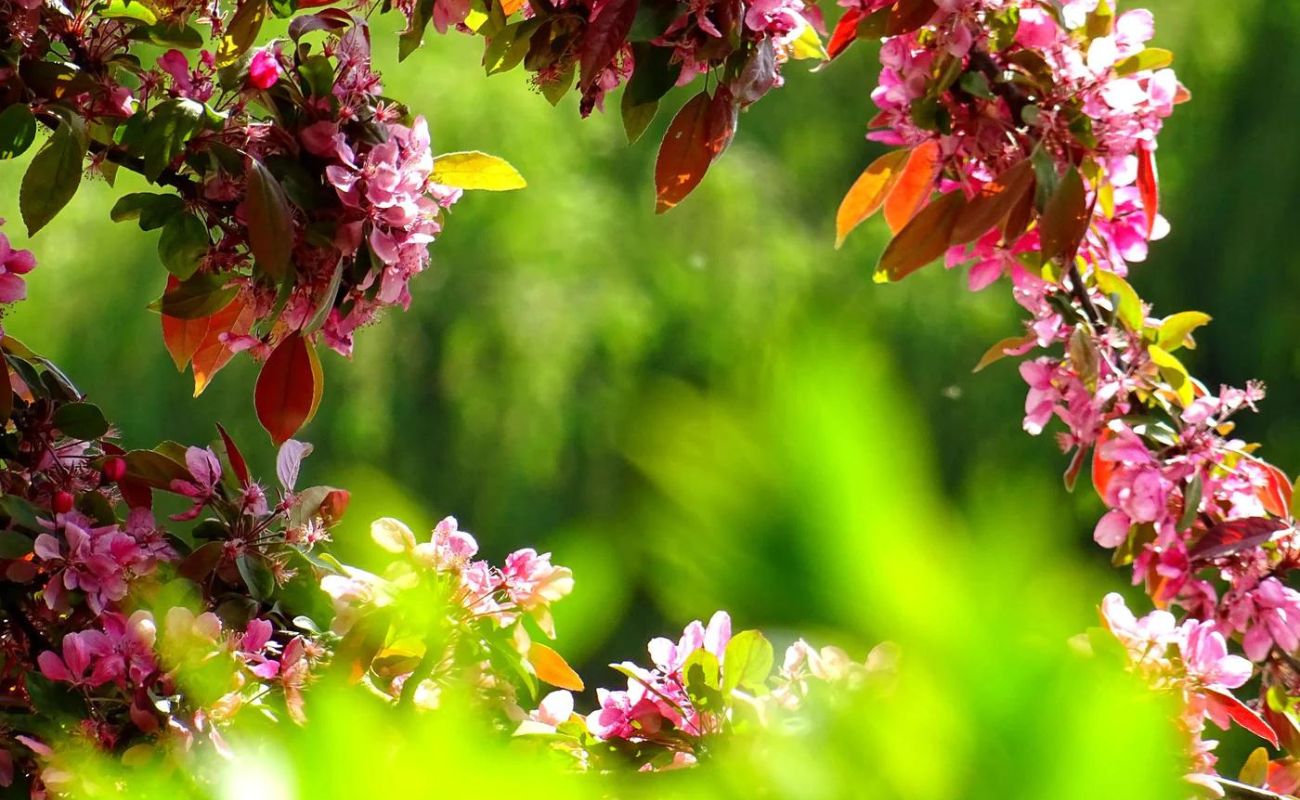
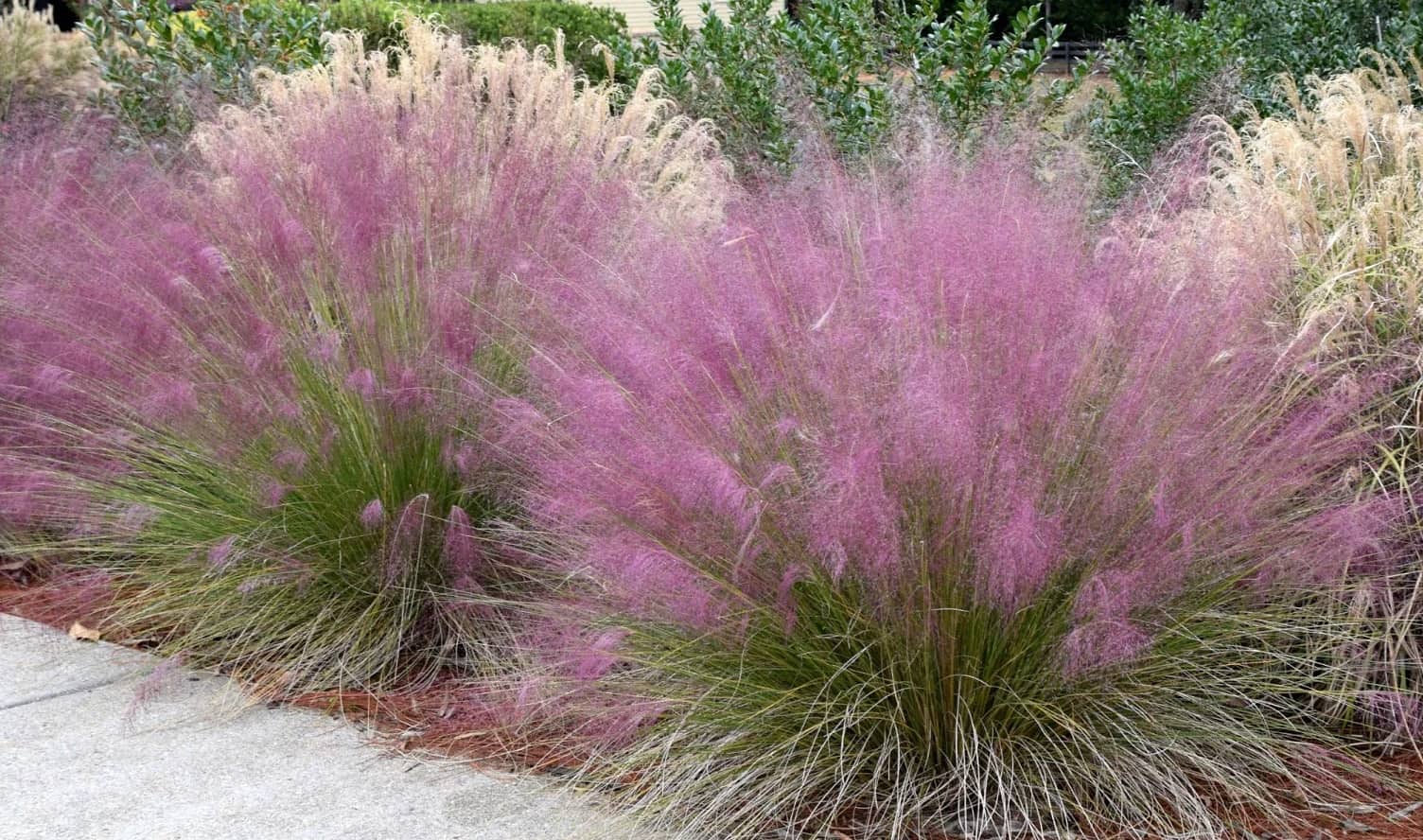
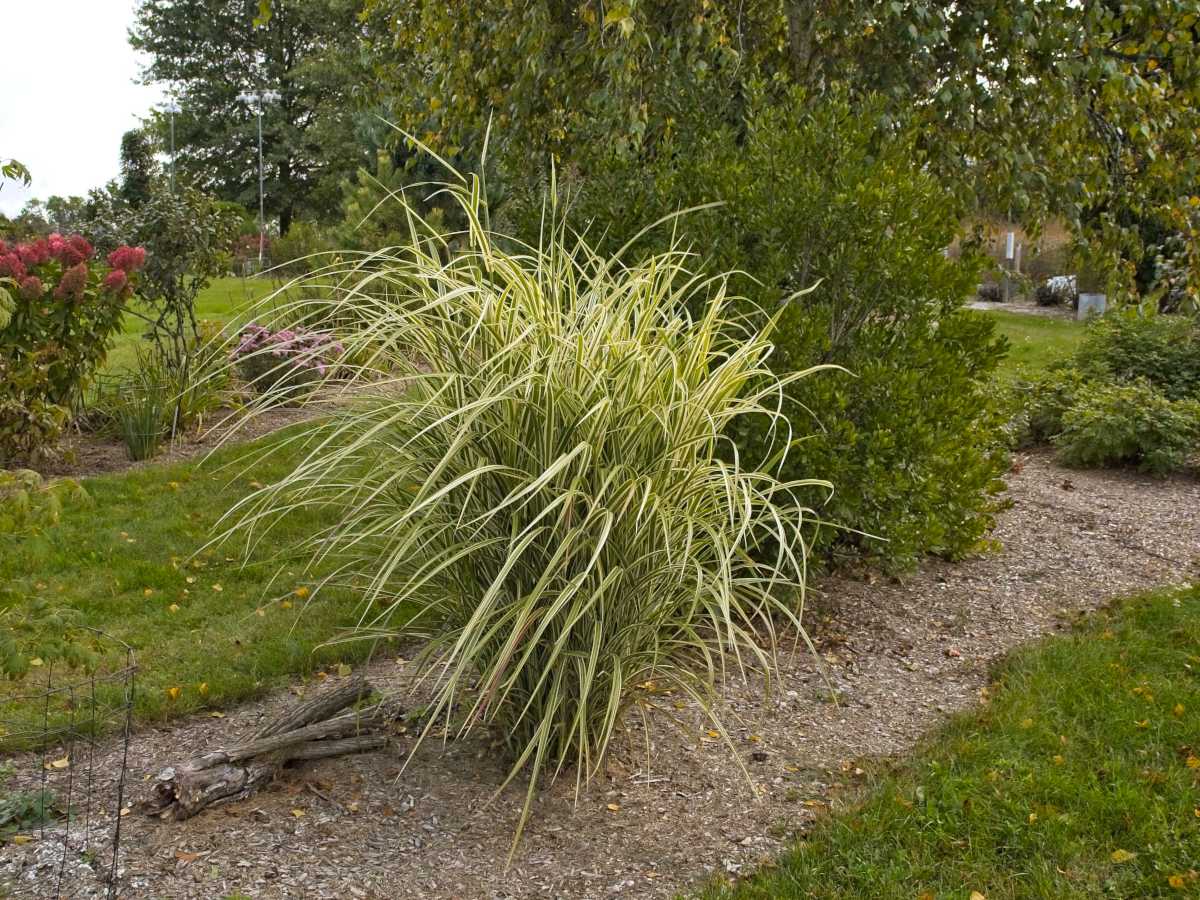
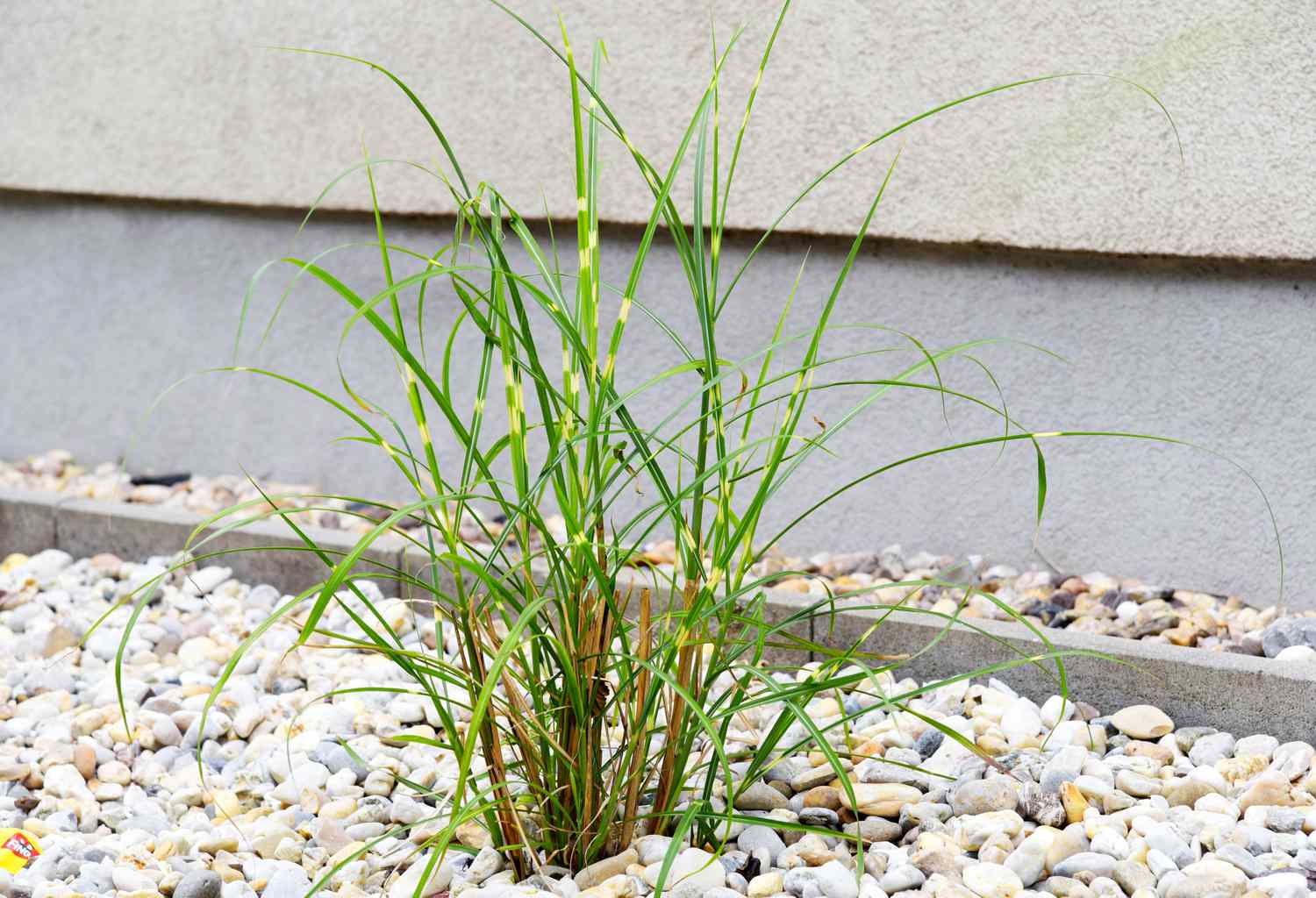
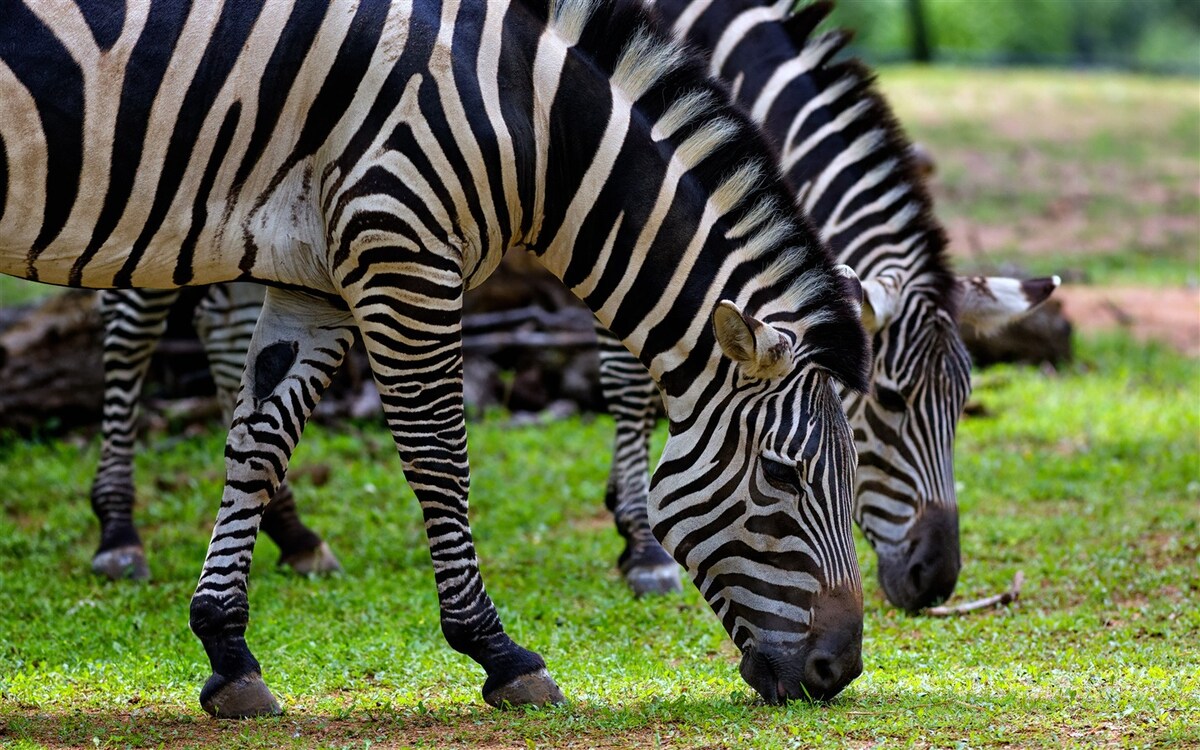
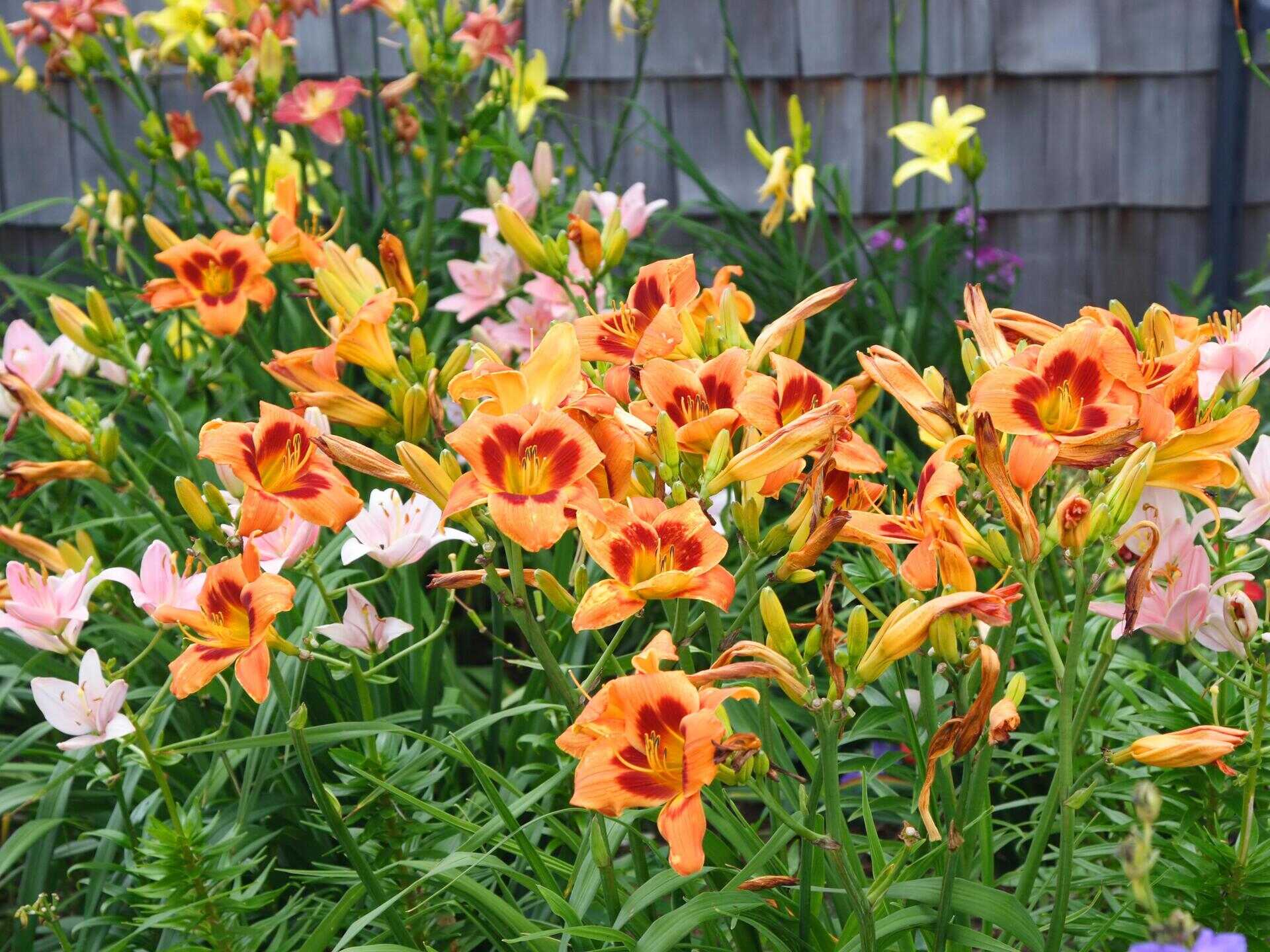
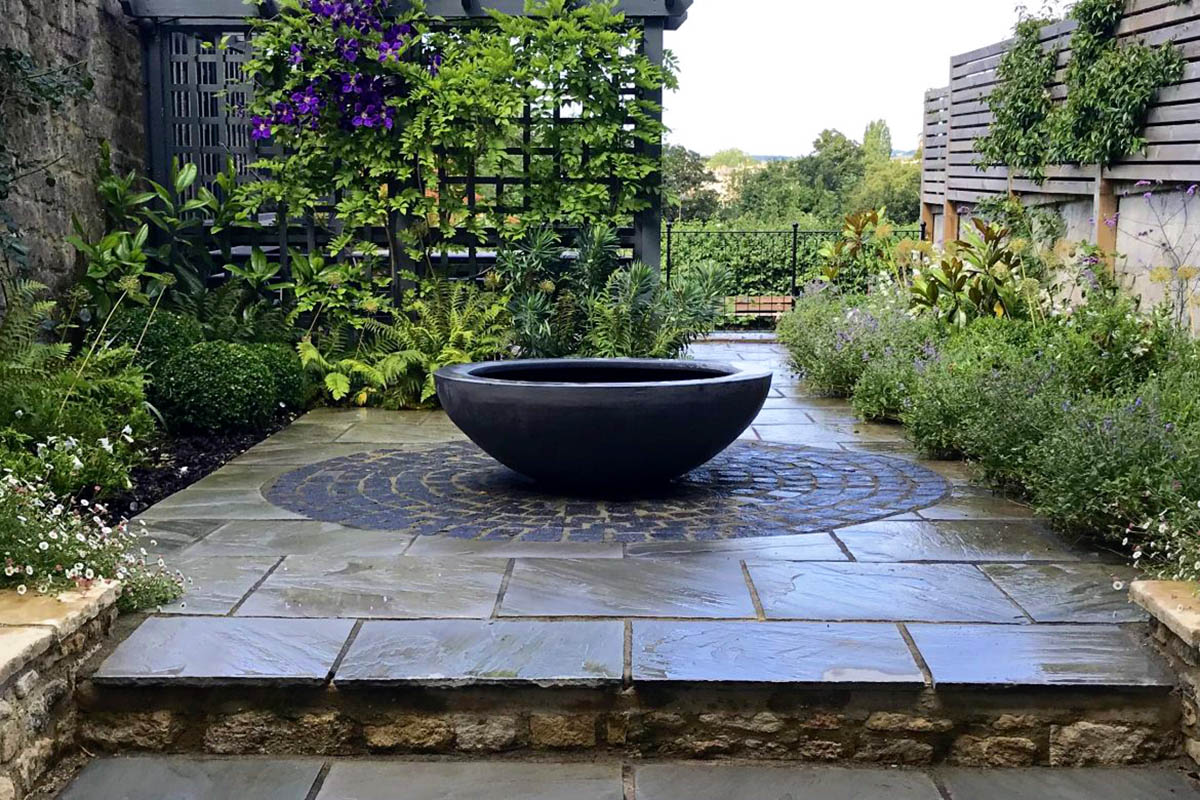
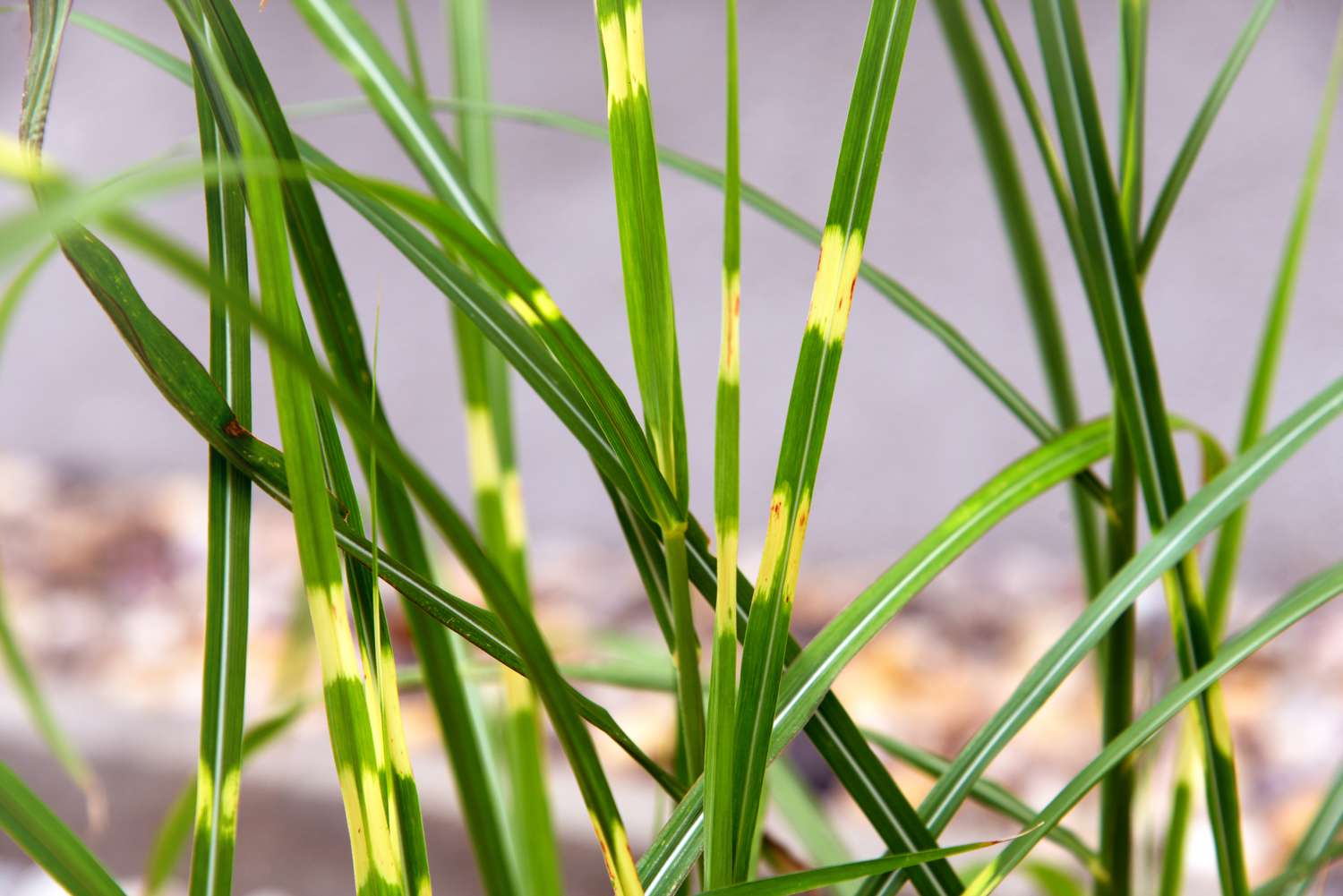
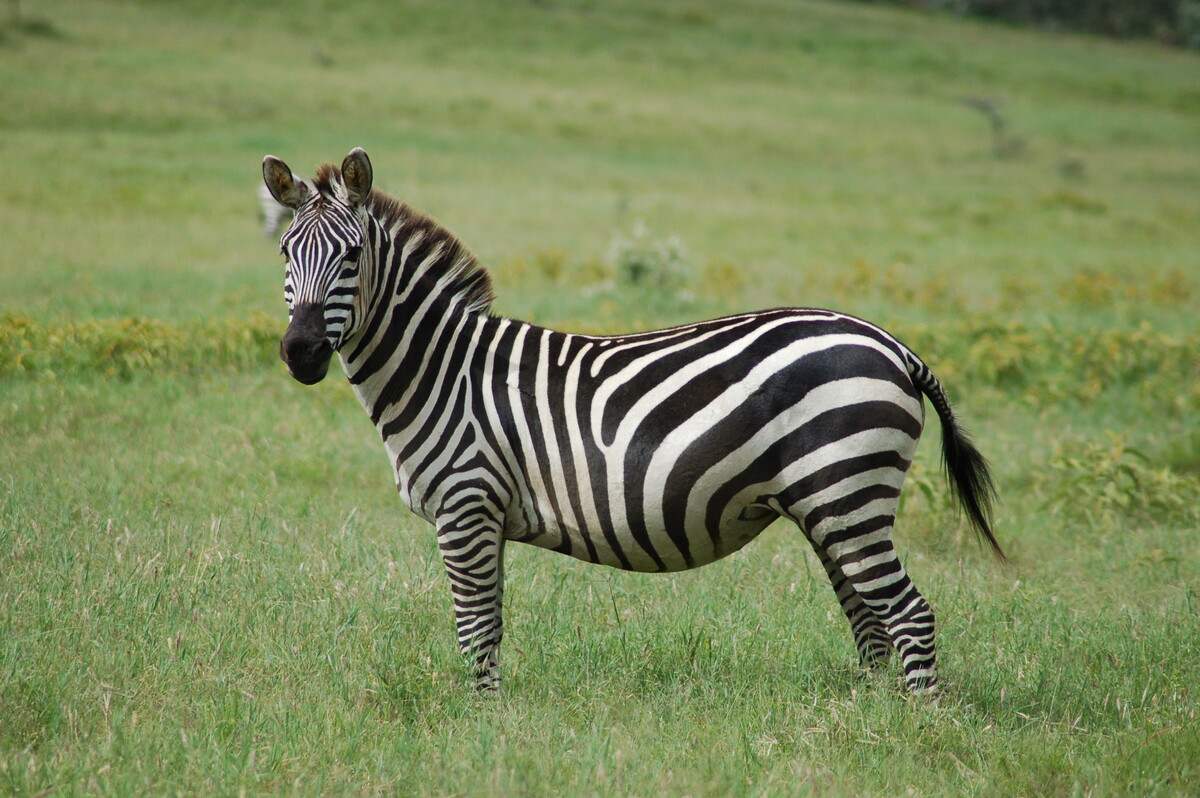

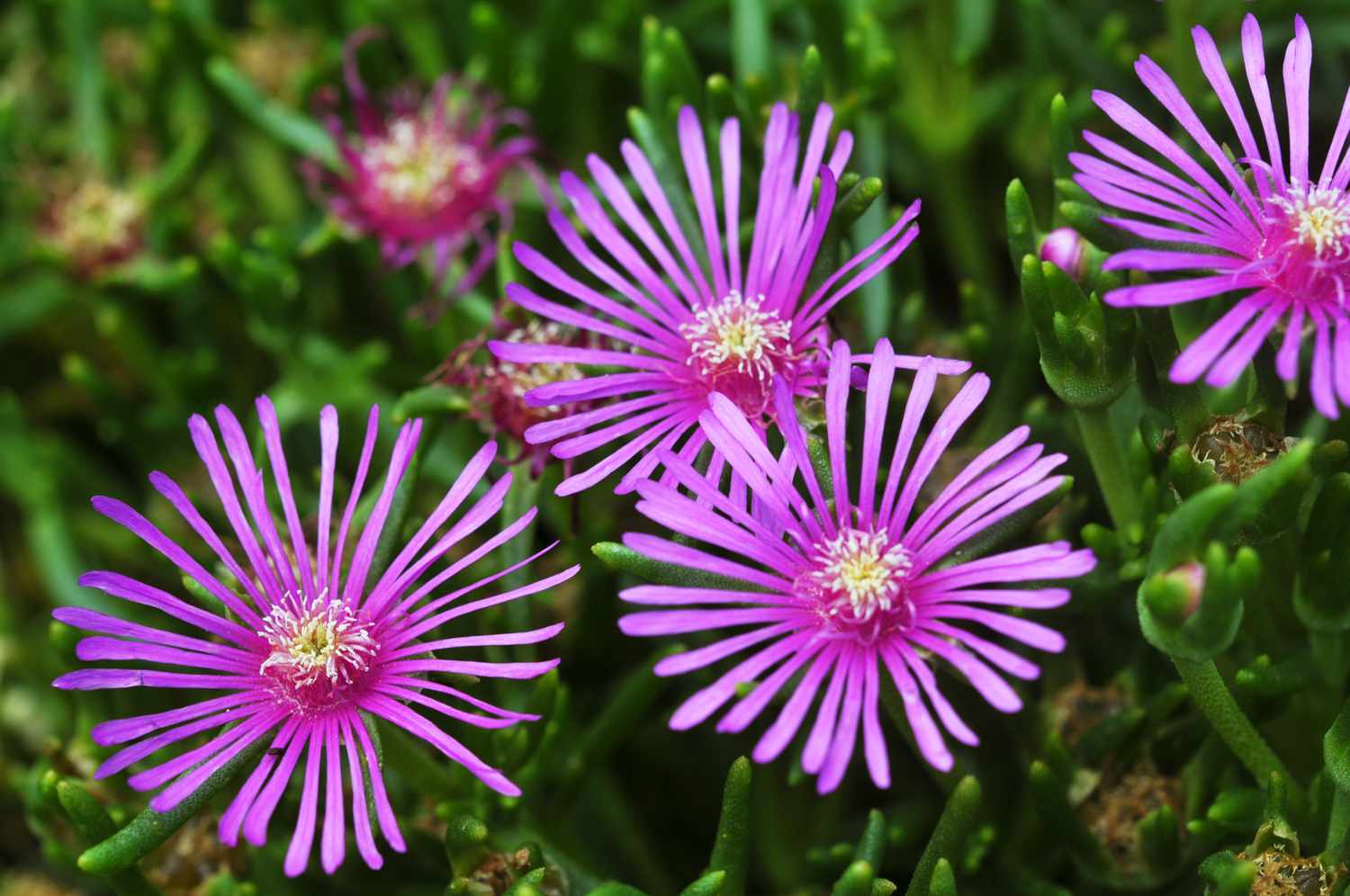
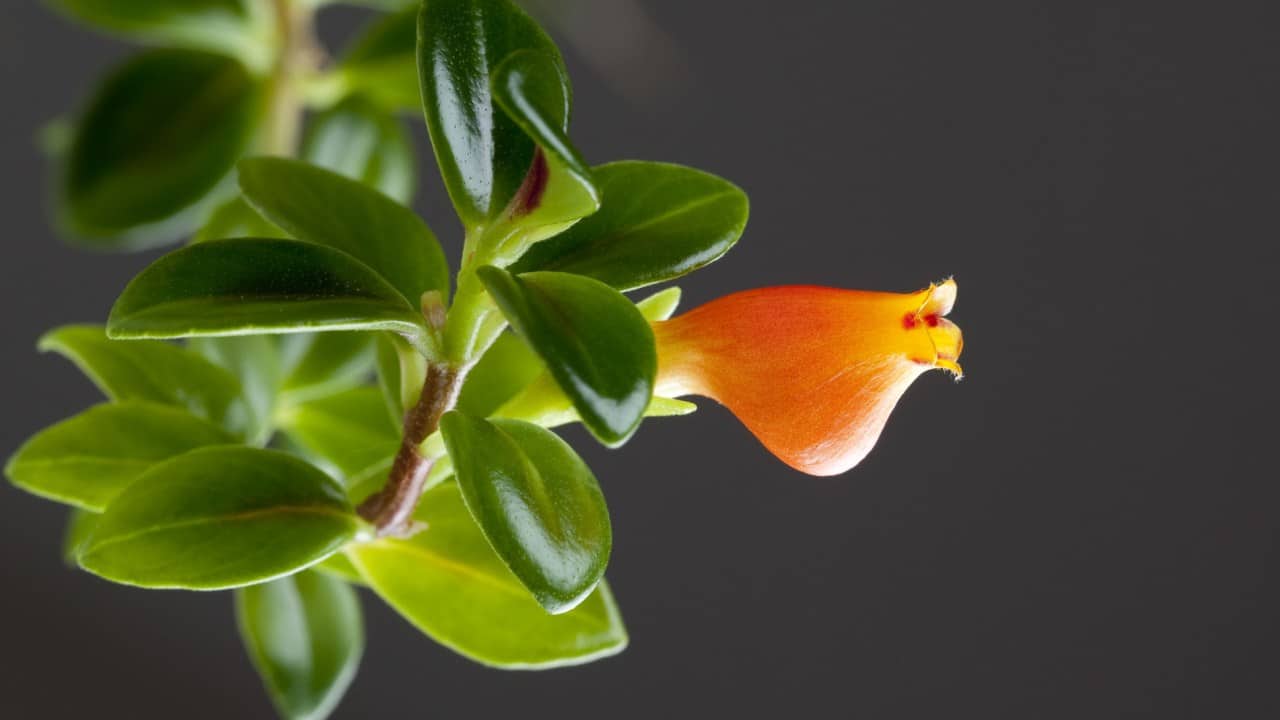

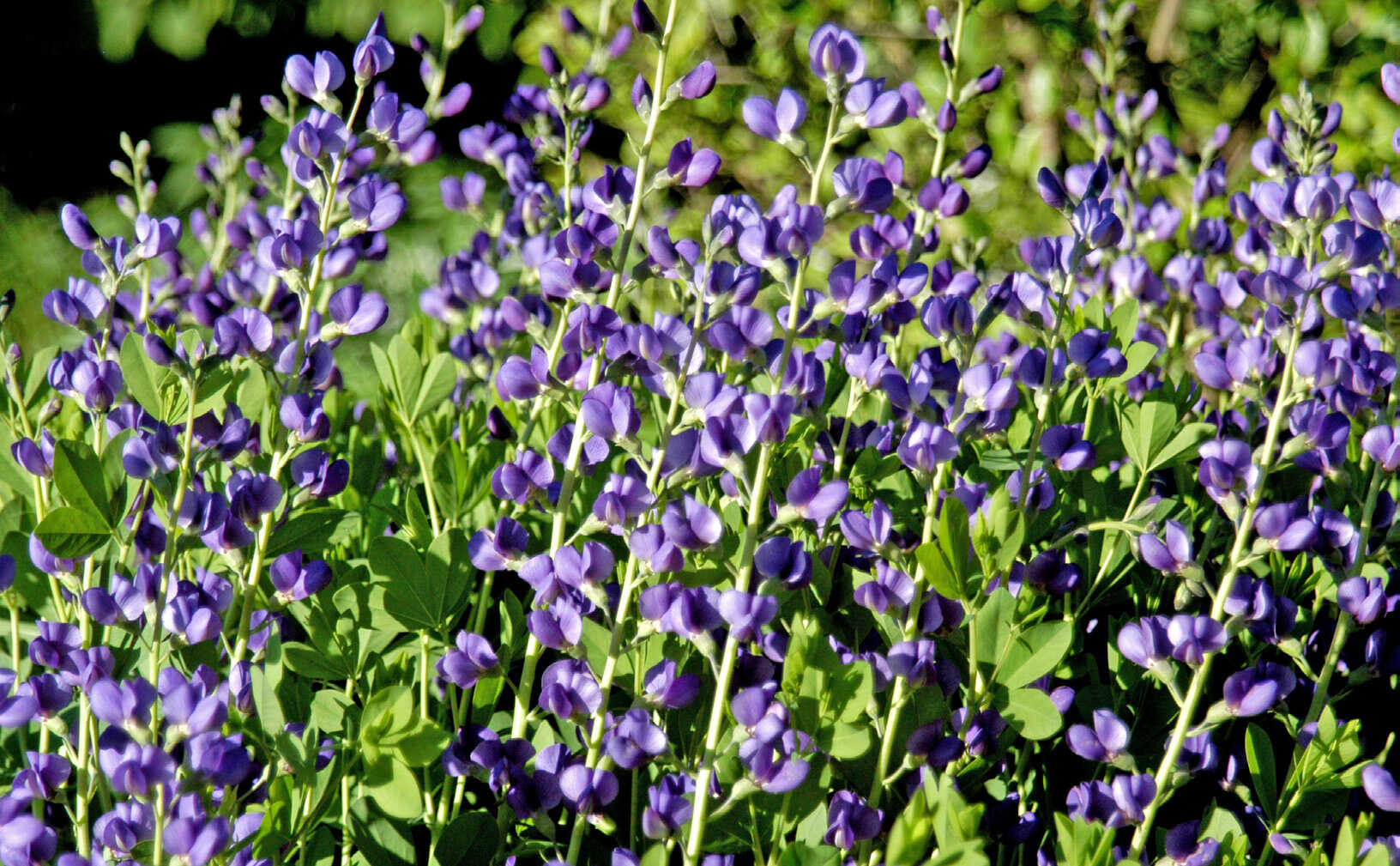

0 thoughts on “Where To Plant Zebra Grass”